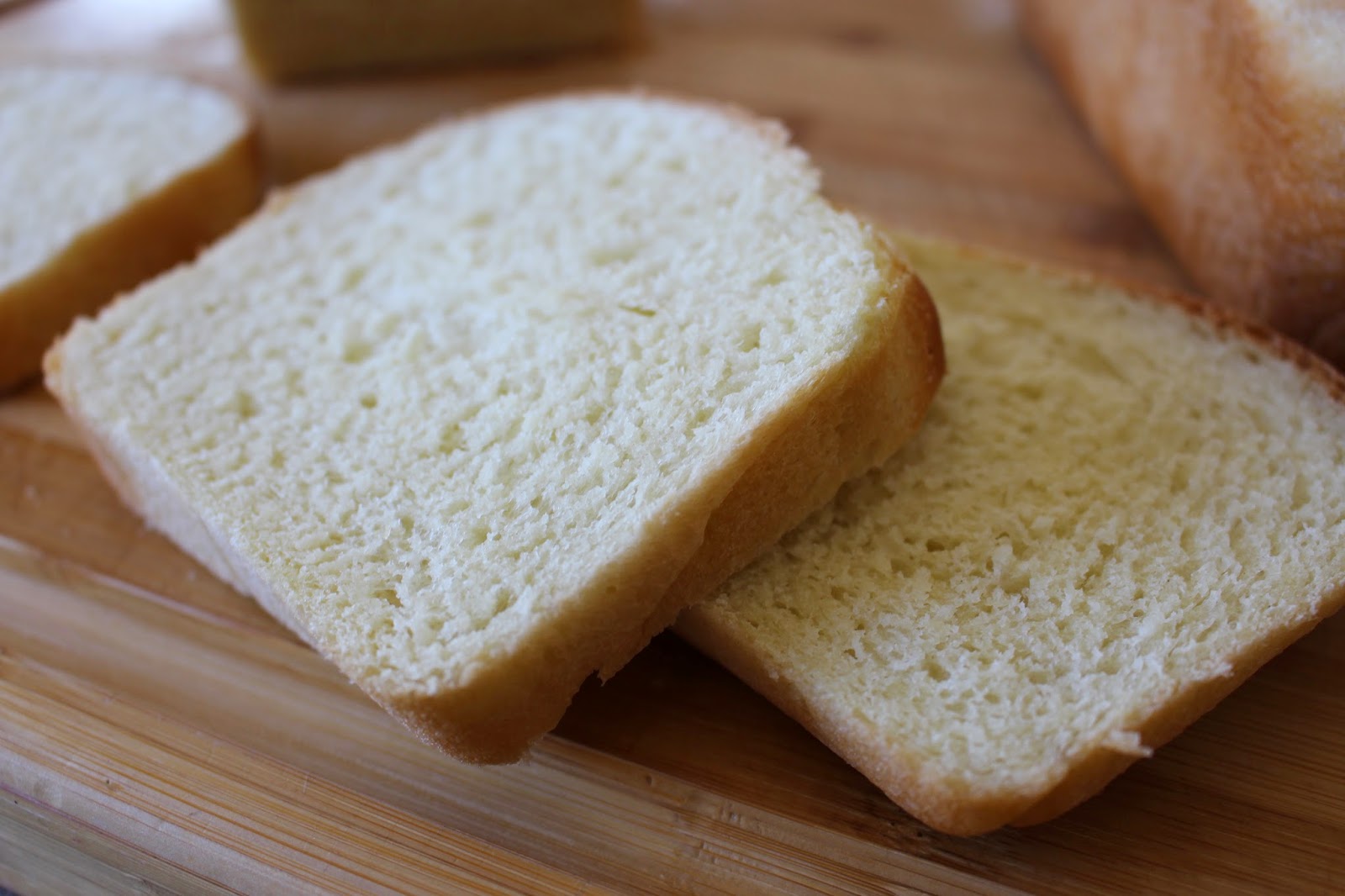If you have been reading the blog for a while, then you know that one of my ultimate quests in life is to become a bread baking Phenom! I want to be the Michael Jordan of bread baking. And while that dream is most certainly going to remain just a dream - I can probably become your local high school basketball bench warmed of bread making if I just keep practicing.
There aren't too many things that everyone in my family can universally agree on - we have different opinions over almost everything ranging from what movies we like, clothes styles, how / when bathrooms are supposed to be cleaned and what exactly 'clean' means.
But we all agree whole-heartedly one the deliciousness of homemade 'sandwich' bread.
I have a sweet sweet neighbor that makes the most wonderful loaves and bread, and she will bring one over ever once in a while. - It disappears faster than ice cube in the desert.
While I love her bread and I love even more her willingness to share it with our family - one lonely loaf of bread doesn't go very far. Especially when teen boys are cutting their own slices and freshly home from school and sports practices. I could title these bread eating frenzies as "Gone in 60 Seconds".
So with newly found (and growing) kitchen confidence I decided that I too could make amazing loaves of bread that my family can devour in a crusty, crumbly frenzy.
This recipe has the most perfect balance of sweetness and hardiness. Soft enough to sink your teeth into and hearty enough to stand up to a swipe of mayonnaise and a healthy helping of deli meat.
Take the time to read all the way through the recipe a few times before you start - the techniques are important. Baking is as much science as anything else.
Basic White Sandwich Bread
Makes 2 loaves
2 teaspoons active-dry yeast
1 cup (8 oz) warm water
2 tablespoons (1 oz) unsalted butter
1 cup (8 oz) milk - whole, 2%, or skim
2 tablespoons white sugar
1 tablespoon salt
5 1/2 - 6 1/2 cups (24 3/4 ounces - 29 1/4 ounces) all-purpose flour
Make sure the water is warm to the touch. If you can't comfortably hold your finger in the water for several seconds, wait for it to cool. Pour the water into the bowl of a standing mixer or large mixing bowl and sprinkle the yeast over top. Let this stand for 5 minutes until the yeast is dissolved.
Melt the butter in the microwave. Stir in the milk, sugar, and salt. Pour 1 cup of flour and the milk mixture over the yeast. Stir until this comes together into a loose, lumpy batter.
Using the dough hook attachment on a standing mixer, knead the dough for 8-10 minutes. Alternatively, knead the dough by hand against the counter. If the dough is bubble-gum sticky against the sides of the bowl or the counter, add extra flour a tablespoon at a time until it is no longer sticky. The dough is kneaded when it is smooth, feels slightly tacky, forms a ball without sagging, and springs back when poked.
Sprinkle a little flour on the counter and turn the dough out on top. Divide the dough in two and shape each half into a loose ball. Let the balls rest for 10 minutes.
Slash the tops of the loaves with a serrated knife and put them in the oven. Immediately turn down the heat to 375°F and bake for 30-35 minutes. Finished loaves will be dark golden-brown and sound hollow when tapped on the bottom. Remove the loaves from the pans and let them cool completely before slicing.
Loaves will keep at room temperature for several days. Loaves can also be wrapped in foil and plastic, and frozen for up to three months.
I have tried this recipe about 4 times and I will be honest with you - they have turned out perfectly each time. (That has Got to be some kind of record!) You'll be off the bench and playing no time.










